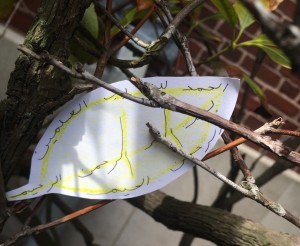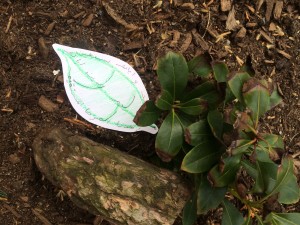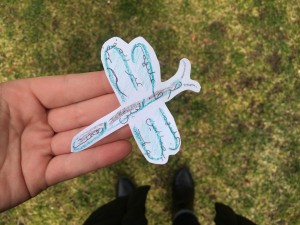“Zaynab”
Week 6
Poetry & Film
This poem and video were inspired by week 6, “Shi’i Piety.” In particular, I drew from the Taziyeh plays, or the Iranian theatrical tradition which describes the martyrdom of Husayn. This event has incredible significance for Shi’a Muslims, and so I chose to focus my video on an alternate representation of this event.
The poem in the video is recited from the perspective of Zaynab, the daughter of Ali and granddaughter of the Prophet Muhammad. Like any member of Ahl al-Bayt, or the People of the Household, her biological relation to the prophet awards her special cultural recognition. Additionally, Zaynab also gave a powerful speech in front of Yazid following her brother’s martyrdom, making her an ideal narrator for this piece.
The piece begins by referencing the drums of war, a stylistic representation of the Battle of Karbala, and the blood spilled during that war, which was the blood of her family and thus, in some ways, her own blood. The line “the blood is ablution” hints at a theme in Shi’i piety, i.e., that the suffering of her family is cleansing and redemptive.
The middle of the piece uses the symbols of water and rain and occurs over the sounds of a thunderstorm. This storm is used to emphasize two dual pieces of the Battle of Karbala. First, the rain is used to represent the deep sadness of Zaynab and the rest of the family. Second, the thunder and lightning reference the power of Husayn, and his willingness to die despite this power, as discussed in the Taziyah:
Husain: … If I will, I can make the moon, or any other celestial orb, fall down on the earth; how much more can I get water for my children. … I voluntarily die of thirst to obtain a crown of glory from God. (Pelly, The Miracle Play of Hasan and Husain)
It is only in the last verse of the poem that Zaynab is revealed to be the speaker, and this verse references her speech in the courtyard of Yazid and also the spiritual victory of her family. In some sense, the poem calls out Yazid for his false victory, which only belongs to him in the earthly realm. In the eternal realm, she says, the victory belongs to her family.
Importantly, and finally, the last verse of the poem also emphasizes the deep connection that Shi’a Muslims feel with the family of Ali. In the line “I am Zaynab, we are Zaynab,” the poem showcases the depth of this connection, which is also present at the Taziyeh: the members of the audience will often get entirely swept up in the play, experiencing the suffering as their own. Similarly, this poem shows that importance of the family of the Prophet and the depth of empathy that Shi’as feel in recalling the Battle of Karbala.




Recent Comments